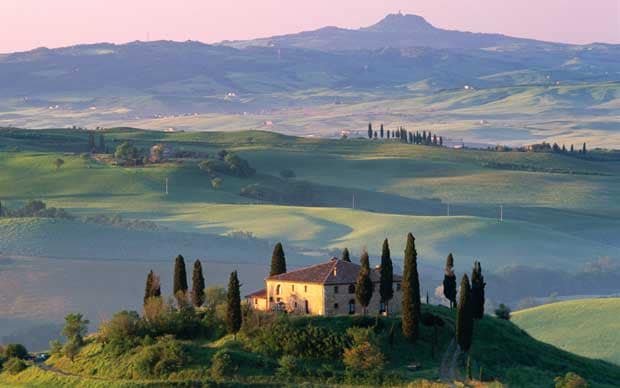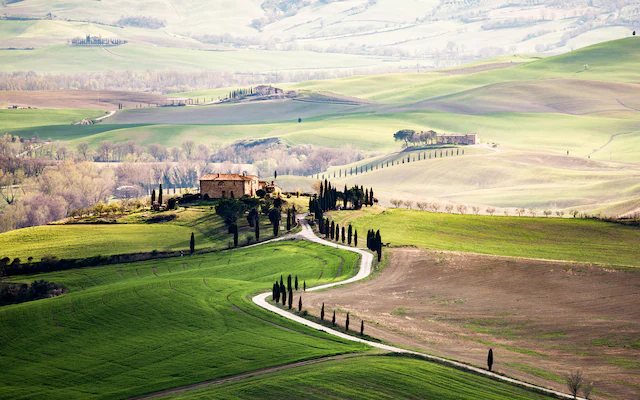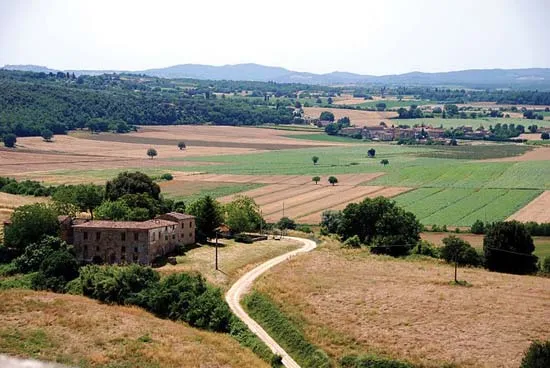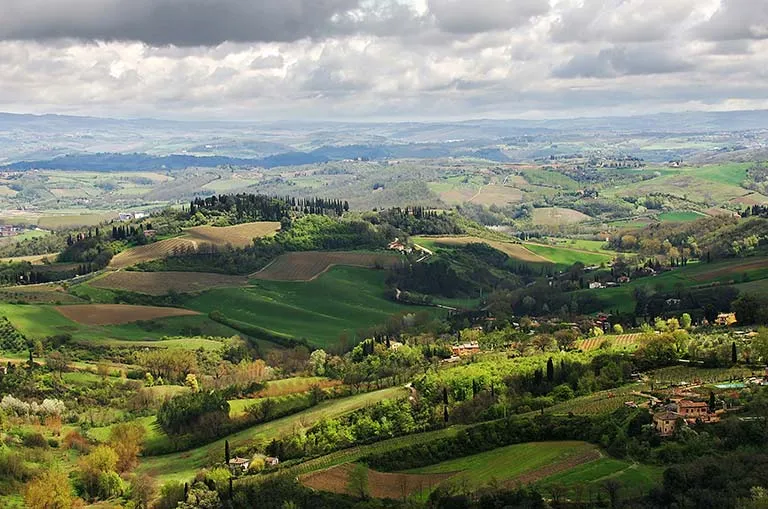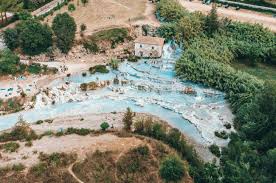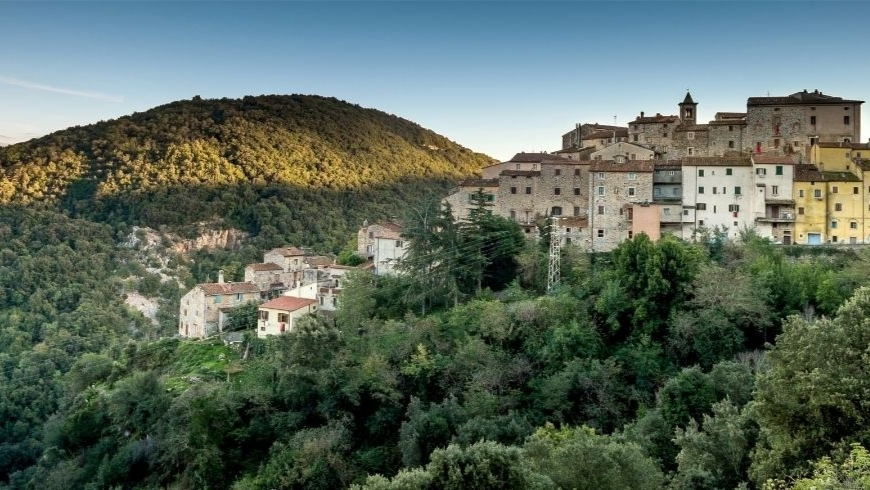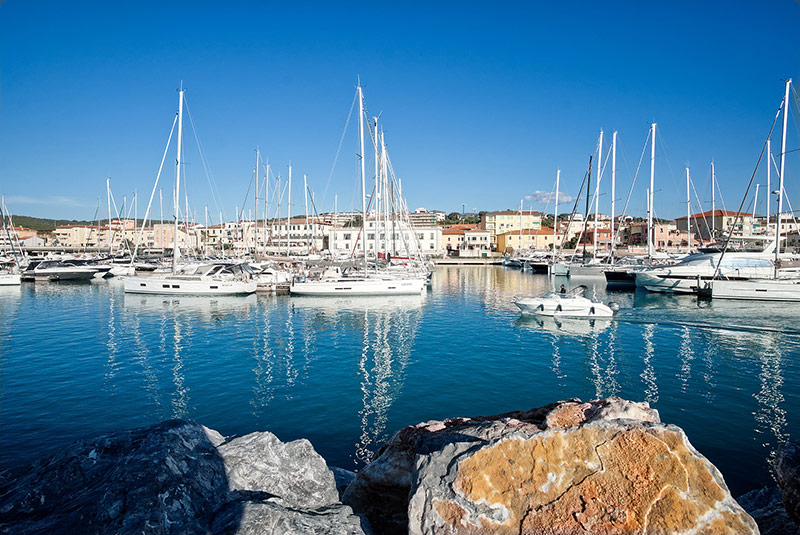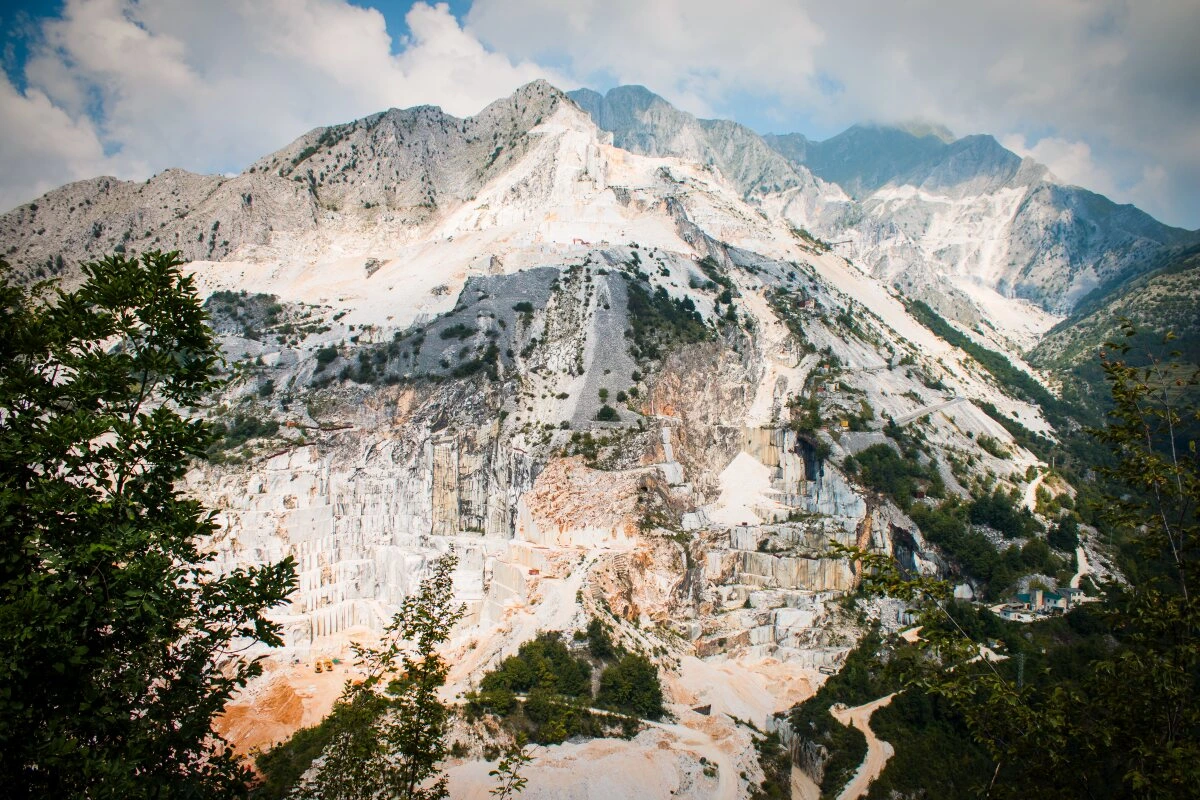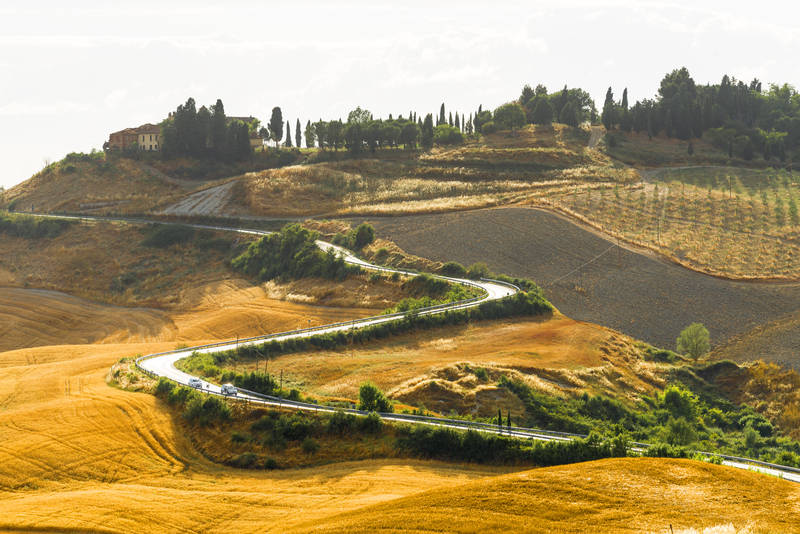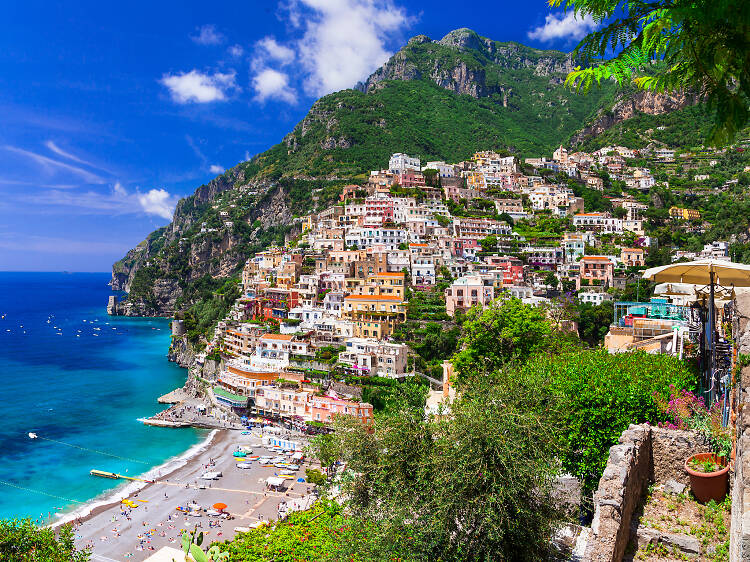The Cornia Valley
Splendid valley of Tuscany
The Cornia Valley is a vast area of plain in the province of Livorno, in Tuscany, Italy. It lies between the coastal mountains and the Tyrrhenian Sea and is one of the most important agricultural sites in Tuscany. Today it is home to an important port at Piombino, a major ferry terminal for ferries to Elba Island, as well as a railway line and an oil refinery.
Val di Cecina in Italian
The name derives from the river Corno, which flows in the valley and is a tributary of the river Ombrone. The Romans called this area "Val di Cecina" (or Valley of Cecina) after a stream which still flows through it today – although now known as the Rio di Cornia. The valley is located between the provinces of Grosseto and Siena. It coincides with the municipalities of Campagnatico, Magliano in Toscana, and Monte Argentario, whose territory also includes the islands of Giglio and Giannutri.
The inhabitants
The valley has been inhabited since prehistoric times. It contains some of the most ancient villages and towns in Tuscany. It became populated by the Etruscans, who founded important cities here, such as Roselle and Vetulonia. Later it was conquered by the Romans, and later still, it was invaded by the Lombards. There are remains of this ancient civilization to see today.
The rich prosperous land
The fertile plain is used for agriculture and the many vineyards. In addition to being one of the most important wine production areas in Italy, it is also a popular tourist destination with beautiful beaches along its coast (with several beaches awarded with a blue flag). The extensive pine forests that line almost all the beaches are also home to numerous protected species such as wild boars, foxes and hares.
